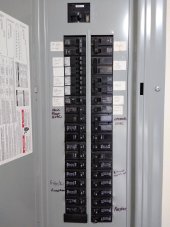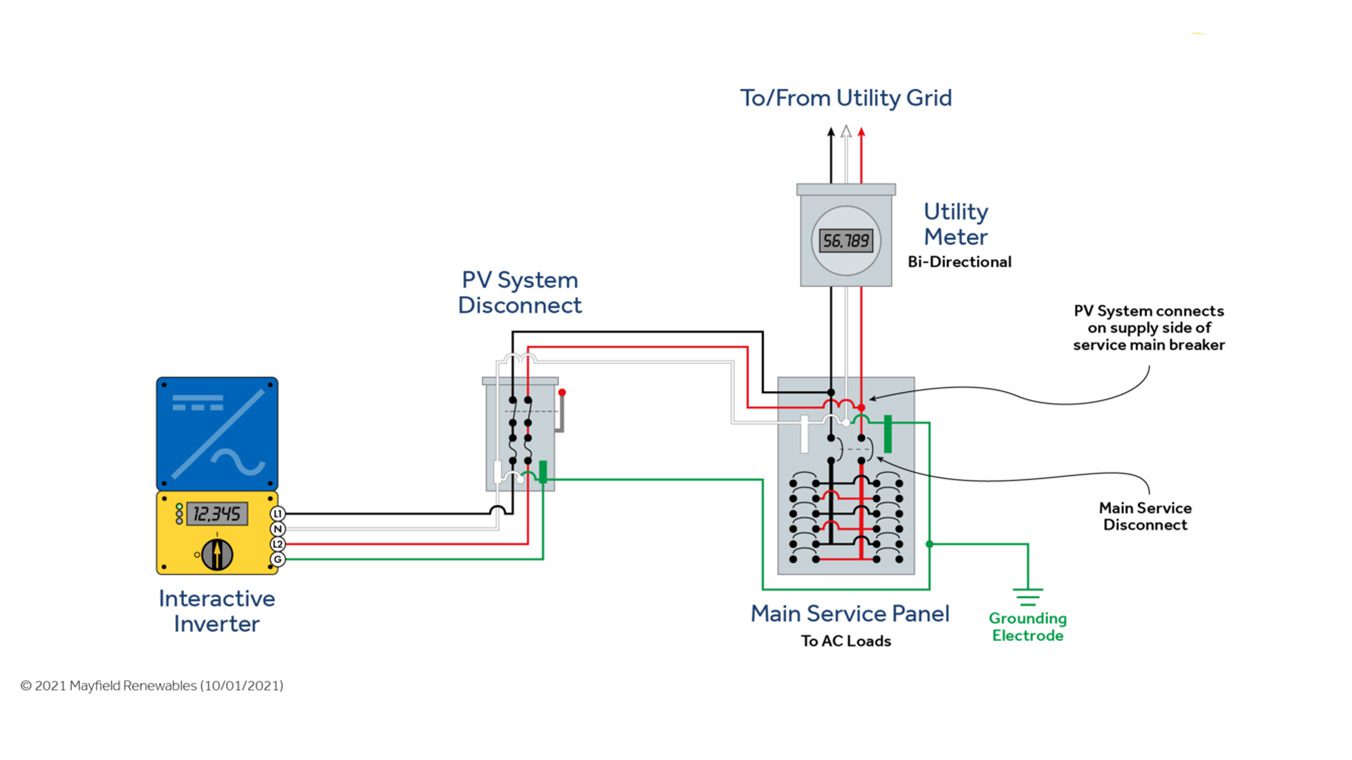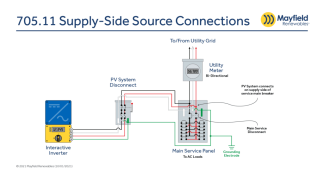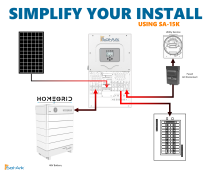Gotshocked!
Solar Enthusiast
I might do a build thread. The grid would be a backup to the system until the budget permits for 100% off-grid. I'd love to remove the power poles! No back feeding the grid.
I'm bouncing back & forth between the Eg418 + 6 EG4 batts and SolArk15 + 5 SOK batts with 12-14kw of pv's.
The only different & interesting aspect to this potential thread would be my plan for an ultra-cheap, diy mini solar field.
Got the grass mowed and sprayed to clear a path for said mini field.
Waiting on an electrician to come look at what I need to do on the AC side. They were out once before, but the owner wants to see it.
The electrician thinks I'll need a different meter, even though I'm not back feeding. The electric co-op has told me thrice that they do not need to change it out.
Does anybody reading this know if one uses a hybrid inverter like the two mentioned above and will not be back feeding the grid, which of the two parties mentioned above is correct?
Does anybody reading this know exactly what needs to be installed between the meter and the inverter?
View attachment 162161
View attachment 162163
I'm bouncing back & forth between the Eg418 + 6 EG4 batts and SolArk15 + 5 SOK batts with 12-14kw of pv's.
The only different & interesting aspect to this potential thread would be my plan for an ultra-cheap, diy mini solar field.
Got the grass mowed and sprayed to clear a path for said mini field.
Waiting on an electrician to come look at what I need to do on the AC side. They were out once before, but the owner wants to see it.
The electrician thinks I'll need a different meter, even though I'm not back feeding. The electric co-op has told me thrice that they do not need to change it out.
Does anybody reading this know if one uses a hybrid inverter like the two mentioned above and will not be back feeding the grid, which of the two parties mentioned above is correct?
Does anybody reading this know exactly what needs to be installed between the meter and the inverter?
View attachment 162161
View attachment 162163








